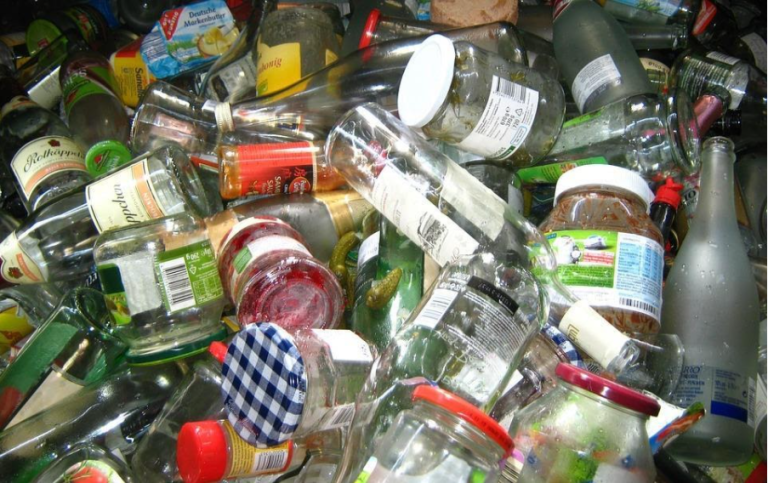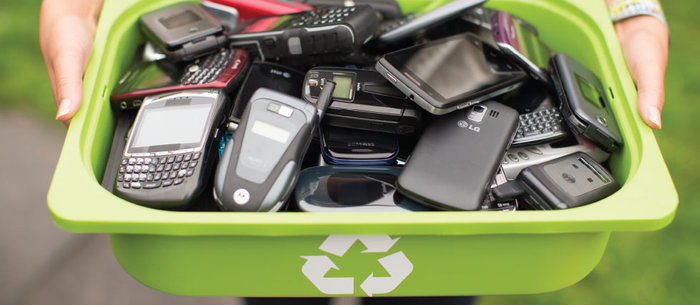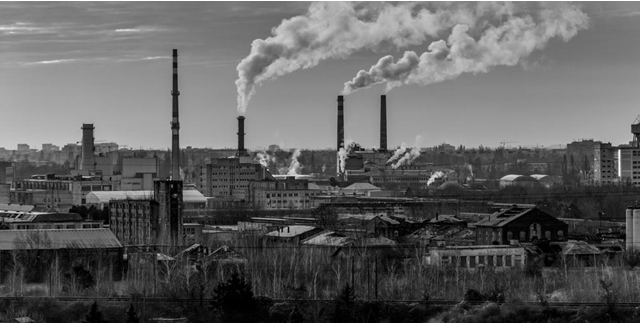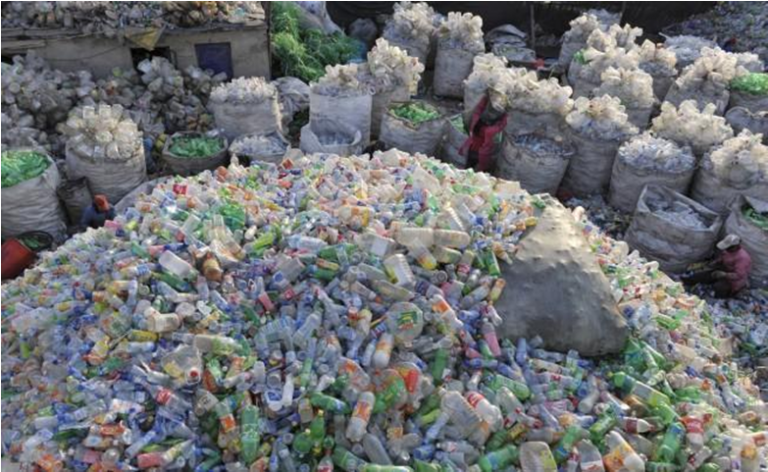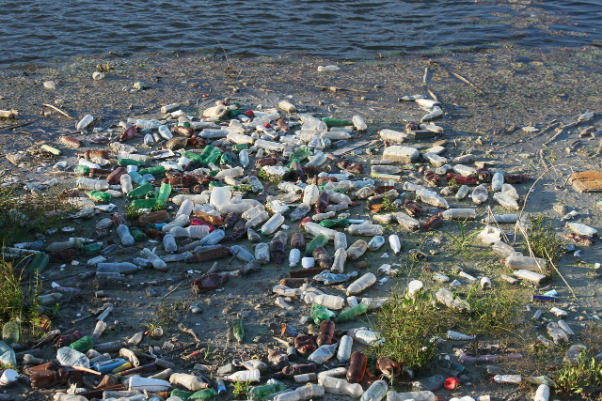Are there any negative consequences of recycling?
Recycling – brings benefits both for nature and the economy
Nowadays millions of tons of waste remain, which is produced by human activity. The international studies show that 50 million tons per year is only the waste of consumer electronics that goes out of use – television sets, computers, laptops, mobile phones, decoders, games, and so on.
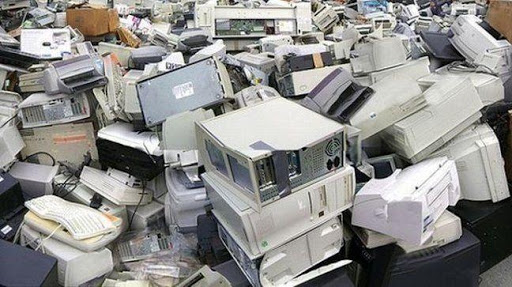
To this amount we can add the waste metals/from production, from destroyed facilities and buildings, already unfit machines and cars, etc./; plastics, glass, paper, which even as packaging for household products are a huge quantity. In fact, we are not only talking about the huge mass and the territories they would occupy, if we just throw them away.
For example, electronics contain a number of toxic substances – cadmium, mercury, lead, nickel, acids. They are hazardous for the health, and if they are disposed of to the landfills together with the household waste, they can contaminate the soils and the underground waters. At the same time, these are valuable materials that could be recycled.
The international studies also show that valuable materials worth over 60 billion dollars are disposed of annually. For example, gold in a ton of waste electronics is more than in a ton of gold ore. If these materials are extracted, they cost less than if they are derived primary, and they can be used in new productions. Apart from the economy, there are also a number of positive effects from recycling for nature, which is in fact the biggest and long-term benefit.
Recycling saves natural resources and helps to reduce pollution, which is a positive effect of preserving the ecosystem. This of course does not apply to all materials. For example, if a ton of paper is recycled this will save 12-13 trees from cutting, and it will save 4 100 kilowatt-hours of electricity, and more than 30 tons of water. The saved oil will be about 2.5 barrels. At the same time, there is a problem with the profitability of the recycling itself with regard to certain products. A study for the United States of America shows that processing of a ton of cellophane bags costs 4000 dollars. But a ton of finished bags costs 32 dollars. Moreover, upon the processing of paper, for example, in the pursuit of speed and cheap prices, improper cleaning reagents are used, so the finished products may be toxic and therefore causing negative effects of the recycling. Such a risk exists also in the processing of other materials, for example, metals. That is why governments are developing special eco-programs for the recycling of metals in order to attract specialized companies, and the process of processing is supervised.
How to recycle
The recycling process of different materials – metals, plastics, glass, paper, old asphalt, bricks, reinforced concrete, etc., has specific features of the process. According to the structure of the material, strength, temperature of melting and so on, different technologies and techniques are used. Plastics, for example, have codes indicating the type of polymer.
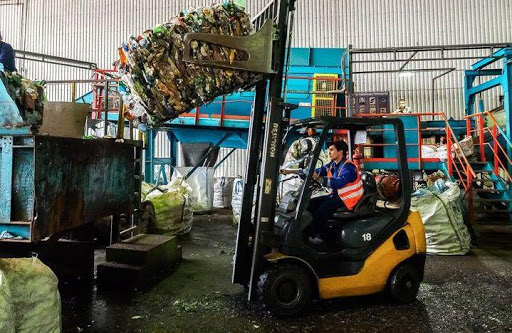
Of all seven types, some cannot be recycled, others are difficult to process. With regard to concrete in the construction, there are also special technologies and through the use of a 3D-printer the processed waste is used for raw material. So, in general, only some summaries can be identified about the recycling of most waste.
Of course, sorting is first – so separate collection is organized. Re-sorting is performed in the plant, but this time more precisely. There are also mechanical methods, but it’s usually done manually. After that the waste is cut into small pieces. If we are talking about paper, it is first processed to a pulp which is washed and filtered, then substances for elimination of the ink are added, as well as paper fibers and so on, and then all is cleaned.
The broken homogenous plastics is softened at a certain temperature and then it passes through a matrix to be cut into thin strips which are then turned into pallets. Then it undergoes the methods of pressure die casting, extrusion, blasting and molding, so the desired forms are obtained. Similar methods apply to glass and metals – sorting, crushing/breaking, melting and forming.
How to prepare the household waste for recycling
The households produce a lot of waste that can be recycled. Separate collection in colorful containers with labels is now well-known. However, there are some rules for preparation of the waste, which are required to facilitate the processing and limit the risks related to the process.
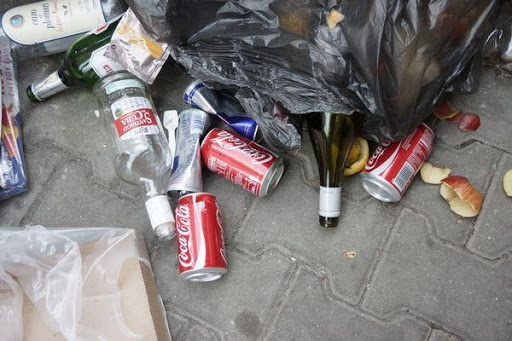
In glass containers, for example, glass of mirrors or windows should not be disposed of, because their processing is different from that of jars and bottles.
The glass containers also not for automotive and refractory glass, fluorescent lamps and bulbs. Porcelain should not be thrown there /for example, broken plates and glasses/, because it cannot be melted. The glass packages should be emptied before they are thrown away, as well as their taps and caps should be removed. It is better to clean them in advance. In general, the glass containers are intended for bottles of any type and color, glass bottles and cosmetic jars, and food jars.
In the containers for plastics should not be thrown away blisters of medicines, household appliances, tubes of oils and other types of hazardous substances. The yoghurt pots and trays should be cleaned from food residues. In these containers should be placed the plastic bottles of water, milk, beer, fizzy drinks and oil; yoghurt cups; bottles and tubes of sanitary products and cosmetics; crates, pallets, caps, nylon bags. As the bottles are bulky, they should be pressed and bended in order to occupy less space.
In the paper containers should not be placed sanitary materials, napkins, oily packages, as well as paper with specific coatings, for example – plastics or metal foil. Also, large carton packaging or corrugated cardboard should not be thrown away in these containers. They should be folded and left aside, so the separate collection team will take care of them.

